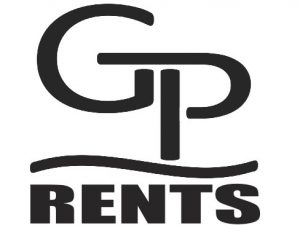
Op-Ed by Congressman Mullin on The Hill: Cool it with the regulations, Washington!
Indoor comfort systems are among the largest users of energy in America. And they’re not going anywhere, because heating, ventilation, and air conditioning (HVAC) systems don’t just keep us comfortable. They keep us alive.
In 2003, a heat wave struck Europe that was slightly worse than an average summer in my home state, Oklahoma. Thankfully, most of Oklahoma has air conditioning. But in Europe, many homes and buildings did not, and more than 70,000 people died as a result of the heat wave. More recently, several elderly people died in Ft. Lauderdale when a nursing home’s air conditioning system failed.
HVAC systems, and the contractors who install them, are vital to the economy and our livelihoods. They ensure a fresh food supply and that data centers are operational. They also provide essential comfort and indoor air quality for every home, health care facility, and office building.
Under the Obama administration, the Department of Energy (DOE) made our livelihood much more expensive by increasing the minimum “efficiency rating” for HVAC systems and forcing the industry to meet the requirement. However, in the field, the promised efficiency improvements didn’t materialize, so the agency increased the minimum equipment rating yet again.
The efficiency promises didn’t materialize because half of all HVAC systems are not installed correctly. According to NIST, poorly design and installed HVAC systems consume up to 40 percent more energy than they are designed to and they don’t deliver comfort and high indoor air quality.
DOE regulations that have increased the efficiency of HVAC equipment have also increased the up-front cost of these products. The cost of a HVAC unit, with the minimum efficiency rating, is upwards of $5,000. The highest Seasonal Energy Efficiency Ratio (SEER) models cost significantly more. For many American families, this astronomical cost drives consumers to find the cheapest HVAC unit—which is not necessarily the most energy friendly. It also encourages consumers to find unqualified installers who do not properly design and install the system.
Radical Democrats, in their ‘Green New Deal’ haze, love talking about increasing equipment efficiencies. It sounds good, but what they’re really doing is hurting people who can’t afford more expensive equipment. Requiring consumers to purchase higher end models that aren’t being installed correctly and don’t provide meaningful efficiency gains does a disservice to consumers and harms the reputation of the internationally recognized ENERGY STAR brand.
Increasing regulations which push lower cost models out of the market does not solve the problem. Additionally, there will be no payback if HVAC efficiencies are increased again. Manufacturers can achieve higher lab-tested efficiency ratings, but the costs are so high that consumers will not see a payback period, especially if energy costs increase by 22 percent that would occur under the Green New Deal.
Rather than focusing efforts on lab-tested efficiency ratings, DOE should work with state energy offices and utility commissions to develop incentives and education programs that ensure HVAC units are properly installed and functioning optimally. Congress should also work with state and local regulators to deliver more affordable and efficient HVAC equipment that is properly installed.
Capitalism in America doesn’t work because it forces people to purchase expensive things; it works because it gives people options. By forcing Americans to purchase only top-tier equipment and making all others obsolete, we’ve diminished the beauty of American capitalism.
Mullin represents Oklahoma’s 2nd District and serves on the Energy and Commerce Committee.





